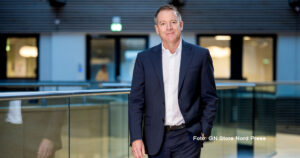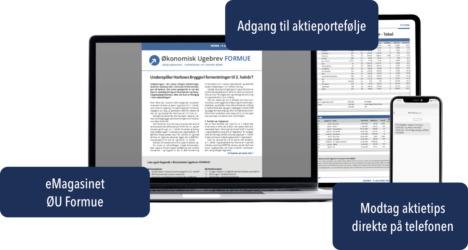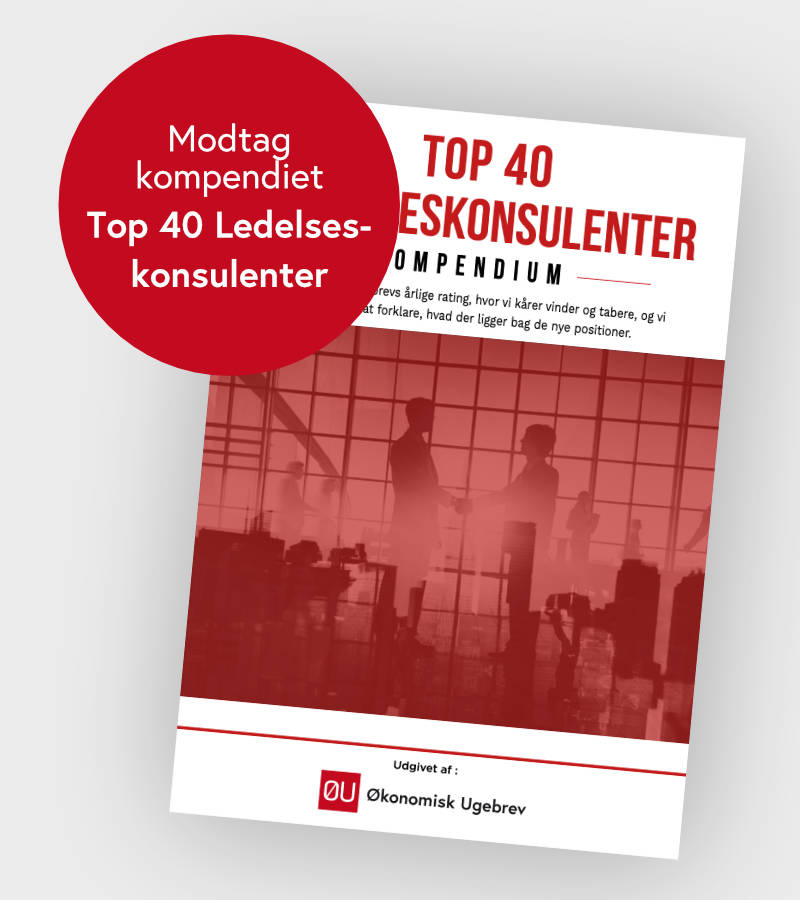In the short term, investors are paying dearly for Green Hydrogen Systems’ (GHS) tentatively modest order book, the 2021 forecast has already been adjusted down once, and the company will be just one of many global suppliers, many of which are bigger and stronger. But the market could grow explosively, GHS’s technology is apparently effective, and the company has good connections in Denmark, trade editor Morten A. Sørensen writes in this analysis.
Sebastian Koks Andreassen faces one of the most exciting and challenging tasks in Danish corporate life. As CEO of Green Hydrogen Systems (GHS), he must secure the company’s share of the explosively growing market for electrolysis plants: a Danish company is now announcing itself as a serious and much more visible player, after more than a decade of preparation, ready for competition with other and larger suppliers and for “aggressive” scaling up.
So far, the market looks more than promising. The EU’s July 2020 hydrogen strategy calls for the Union to invest up to €400 billion in green hydrogen by 2030. Of this, €47 billion is expected to go to new electrolysis plants, increasing electrolysis capacity from the current level of around 0.1 GW to 6 GW by 2026, 40 GW by 2030 and an estimated 500 GW by 2050. It should not be difficult to sell good electrolysis plants.
However, green hydrogen production requires large amounts of green electricity. Therefore, according to the hydrogen strategy, the largest investments will be in building new power production and in improving electricity transmission in Europe. Electricity production may become the key bottleneck for the expansion of green hydrogen capacity.
A significant number of suppliers are ready to take advantage of the boom in sales of electrolysis plants, several of them significantly larger and stronger than GHS. When it comes to green hydrogen, Danish producers do not have a head start like the one they got in developing the wind industry, and competitors are already building several large new plants.
It is precisely against this background that it is significant that GHS claims in its prospectus that – out of 12 international suppliers – it can supply the most efficient electrolysis plant in terms of electricity consumption per kg of hydrogen produced
GHS has been developing its technology since 2007. Ten years of work led to the market launch of the HyProvide electrolysis technology in 2017. Since then, GHS has commercialized the technology platform. The efficiency of the technology may be one of the main arguments for possibly preferring GHS over other suppliers, although competitors are of course not standing still and are also developing more efficient plants.
As of 6 May, the company has received orders for 22 electrolysis plants, of which 5 have been delivered. The remaining are part of an order book of 7 MW, corresponding to a contract value of €7.6 million. This is not an impressive figure when compared with competitors such as Norway’s Nel and the UK’s ITM.
These two competitors have really made a breakthrough in the market over the past year, with an increase in the order book of over 100%. If their market value is compared to their order backlog, they appear much cheaper than GHS. Of course, GHS is now starting from a much lower level, which in itself may allow for very high growth rates in the coming years and justify a relatively high price.
On Thursday, when the preliminary GHS investment certificates were traded for the first time, they ended the day around the offering price. There is still an understandable uncertainty: in the 2020 annual report, the company forecast an EBITDA operating result of minus €12-13.5 million in 2021; the prospectus now predicts an EBITDA of minus €14-16 million, while the revenue expectation remains unchanged at €5.5-8 million. This is a rather significant change that may cast doubt on management’s ability – or possibilities – to assess developments in the near future. GHS still needs to prove that it can seriously establish itself in the market and deliver the revenue of over €135 million and the high single-digit EBITDA margin expected as early as 2025.
Sebastian Koks Andreassen will have something to live up to.







